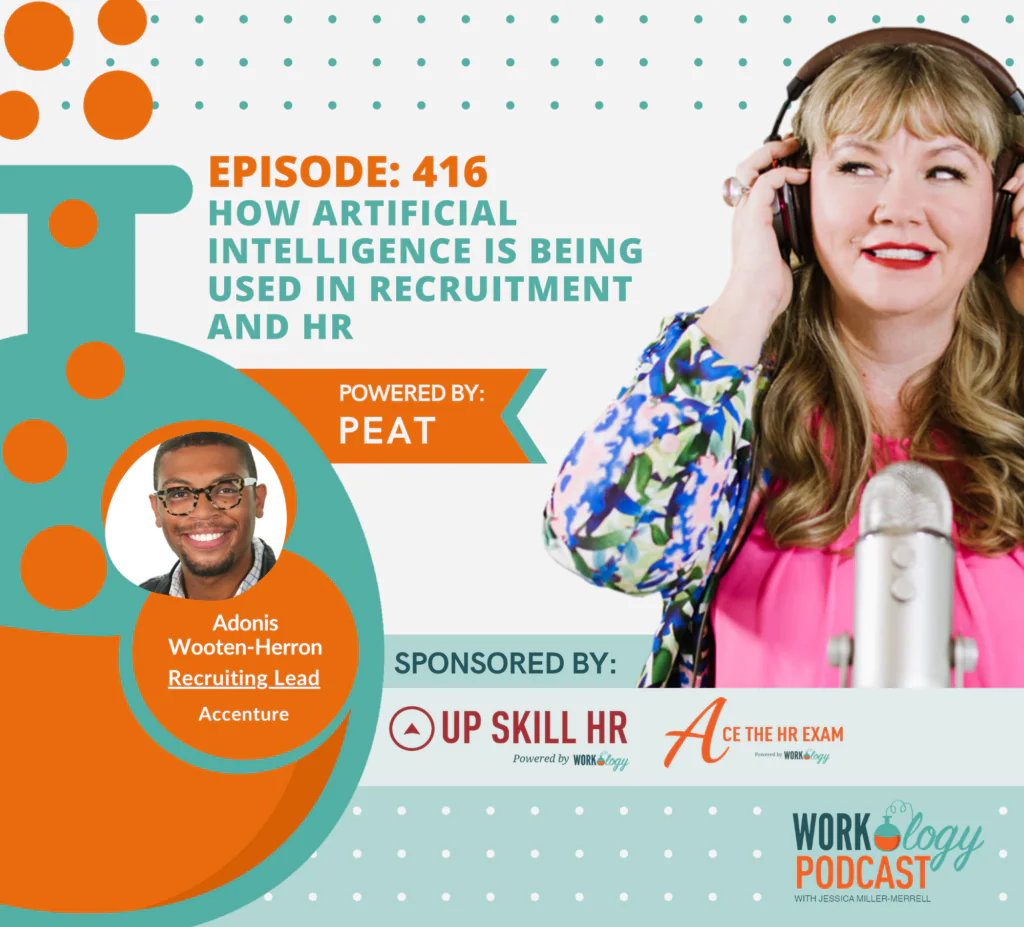You’ve probably been told to release tension, rather than hold it, especially if you have excess tension in your body. On the other hand, you need some tension to even function. Without enough tension in your body you wouldn’t be able to move. Creative work and thought requires sufficient tension as well. It is the source of heat and fire that ignites your personal power. But this creative tension needs to be managed.
Don’t take sides
As a leader or high performer, holding tension includes being able to acknowledge, understand and address:
- Both sides of an issue
- Different needs
- Competing systems and opposing viewpoints
- Differing business agendas
When you hold the tension between two sides of an issue, you acknowledge the merit of both sides. If you instead, identify with your preferred side of the issue and react against the other side, you short-circuit the possibility of a solution that could work better for everyone. And this can lead to a protracted fight or stalemate.
So try to suspend your preferred position when there are differences and allow the whole picture to come into focus. Hold both sides until something new can emerge. Then you can more skillfully set the stage for a beneficial, constructive solution.
Hold the tension
Holding the tension is necessary any time we work with limited information, or when we don’t know the outcome of the conversation or meeting—which is almost always! It requires stepping back from conflicting perspectives and opposing forces and viewing them with some objectivity. Then you can see more clearly, understand what is going on, and bring a more complete perspective to what you see.
This is a very dynamic, active process that requires emotional stamina. But it’s worth it, because this is how creative alternatives and relational solutions to difficult situations are born.
Let’s say you need to deliver some challenging feedback to someone who is insecure, controlling and is not open to receiving input. Going into a conversation with this person means walking into a situation where there is already considerable tension. If you’re going to work with the tension creatively, you would consider the person’s needs, situation, reactions, feelings, etc. along with your own.
Suspend reactions
The goal in the above situation is to hold both sides of the equation (your view, issue or agenda, as well as the other person’s) and suspend your reactions so you can:
- Deal effectively with your own emotional issues rather than react
- Listen and respond to the emotional issues of the other person, even if they are reacting badly
- Manage the relationship dynamics in order to optimize productive outcomes
- Represent the business issues and do your job effectively
When another person is being difficult, it’s especially important to suspend any judgments that arise out of anger, irritation or impatience. This is not easy, but is necessary if you don’t want the situation to blow up.
Then release the tension
You don’t have to hold tension forever. That’s not required, desirable or even possible. Hold it just long enough to allow a creative solution, insight, or a new outcome to emerge. Then there will be a natural release. That’s often the time to take decisive action. And when you do, it will probably be more constructive and less antagonistic. This promises greater success when initiating change or creating a new direction.
Holding the tension, knowing when to release it, and then to stepping into action, are powerful steps in the creative process. These steps can be used in almost any relationship or work activity and are indispensible for great leaders.









